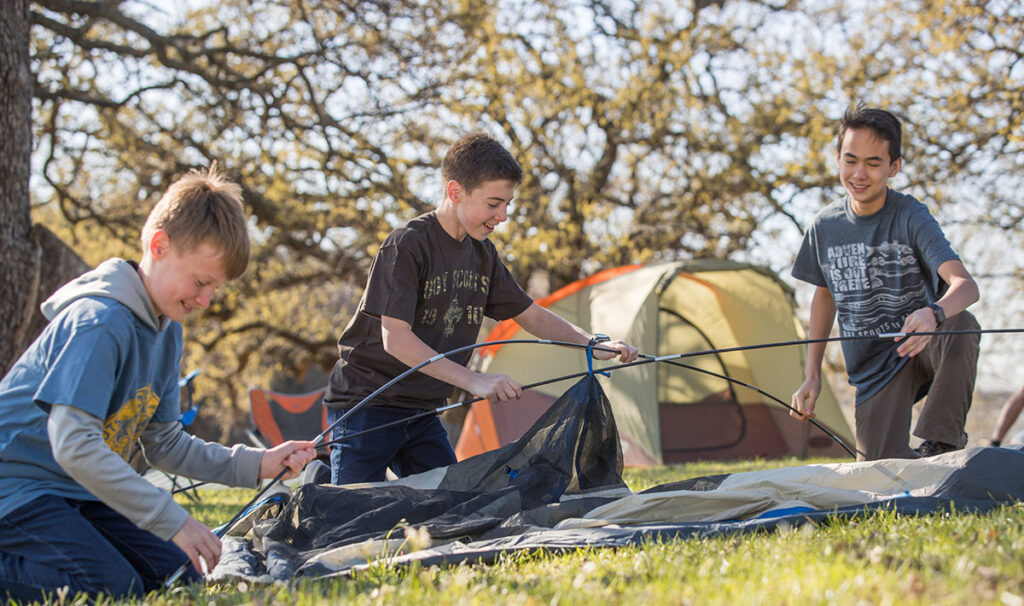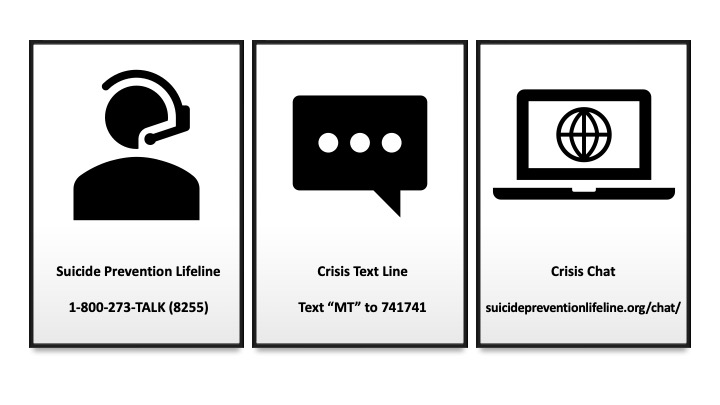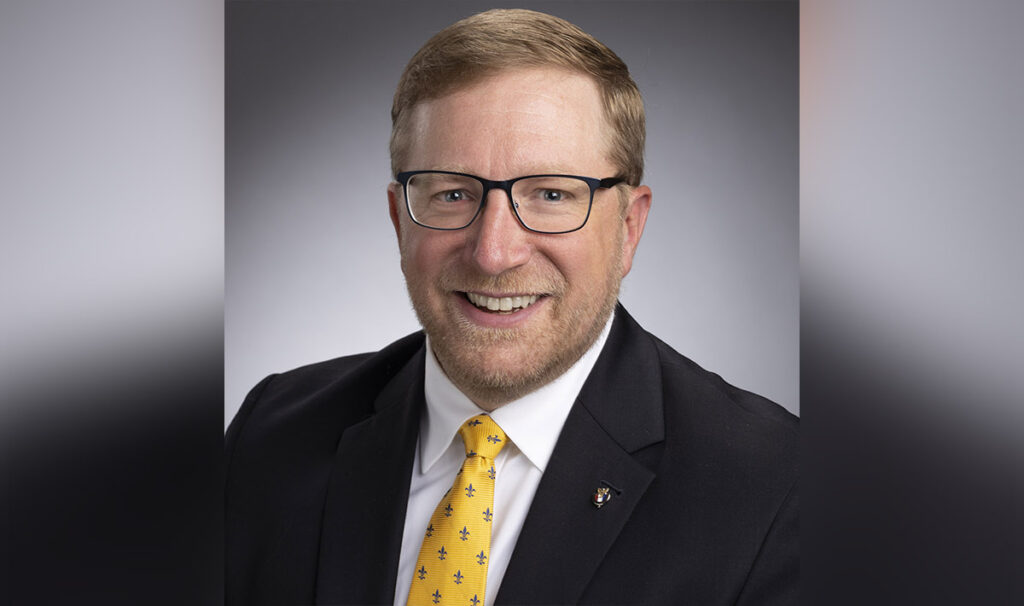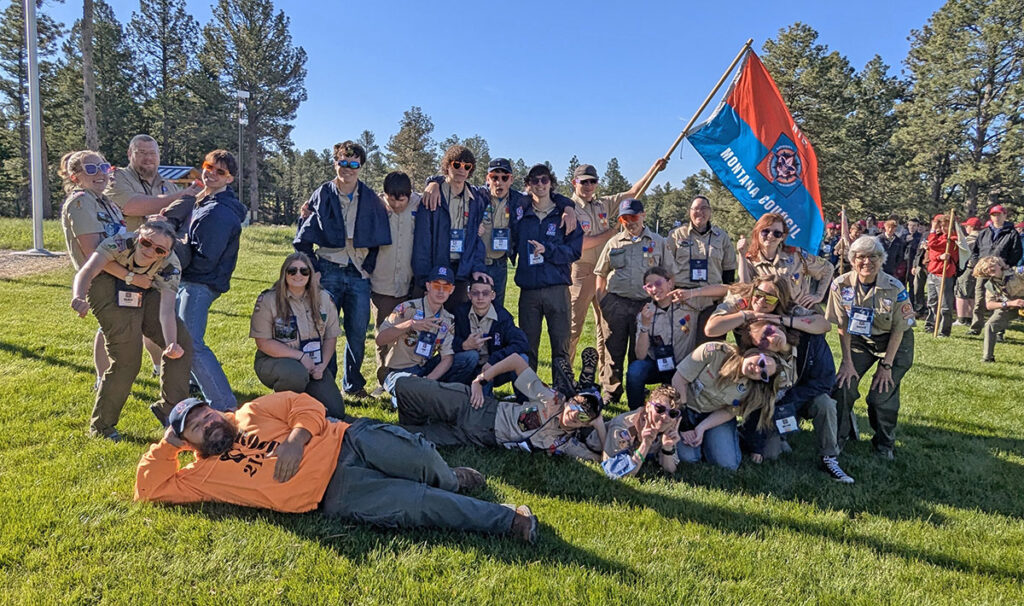
Each week I encourage the Scouts of Troop 1430 to remember that they are Scouts everywhere they go, in all that they do. That means living the Scout Oath and Law, along with the motto and slogan in all that they do.
This has brought an additional meaning to me as I have sought to raise mental health awareness in the Montana Council. What does it mean to “help other people at all times,” to be helpful, courteous and kind from a mental health perspective?
Just as each of us goes through periods of good and poor physical health, we all can experience good and poor mental health. These highs and lows could happen for a number of reasons, from our job situations, family circumstances, genetics or other factors. Recognizing that we go through peaks and valleys also helps us realize that other leaders and our Scouts also encounter mental health challenges.
We, as volunteers, are on the front line of the battle to help our Scouts as they navigate times in their lives when they might struggle. Do we know how to prepare them to recognize symptoms of anxiety and depression and understand available resources?
Depression, from a clinical definition, is feeling so sad or hopeless almost every day for two weeks or more in a row that someone stops doing some usual activities.
According to data from the Center for Disease Control (CDC), at one point during the COVID-19 pandemic, anxiety and depression symptoms had increased by 400% in adults. There has been a decrease in recent months, but the latest estimates (March 30 – April 11, 2022) among adults are over 300% higher than pre-pandemic levels.
In Montana, the Youth Risk Behavior Survey is distributed each year to high-school-age students. In 2021, more than 41% of students reported feelings of persistent sadness or hopelessness within the previous 12 months. In the United States, 50% of all lifetime mental illness starts by age 14, and 75% starts by age 24.
As Scout leaders, what can we do?
We can help youth recognize that they have a support network around them. This could include you as their Scout leader, as well as their family, friends, schoolteachers, fellow Scouts and many other people who care about them and want to be there to help them succeed in life. Their involvement in Cub Scouts, Scouts BSA, or other youth programs, helps them to build that network of caring individuals, too. There are also resources via helplines and crisis lines, such as those listed after this article that they, or their network of friends, can call if needed.
It is also important to realize that there are things they can do to aid themselves if they are experiencing mental health challenges or concerns. This could include continuing healthy daily habits, such as getting enough rest and eating healthy. It could also include positive self-talk and learning to recognize when they are struggling mentally and developing positive coping strategies, such as talking with friends, exercising, listening to music or other activities that help them to find a balance in their mental health again.
Now is the time to prepare as Scout leaders to be a positive influence on those Scouts in our units. Prepare by learning the signs and symptoms of youth struggling with their mental health and then develop ways to let them know that you care and want to help them.
It could all start with a simple conversation, but, ultimately, lead them to know that they are not alone.

Jesse Fulbright is Scoutmaster of Troop 1430, Hi-Line District Commissioner, teaches Youth Aware of Mental Health (YAM) – a Swedish mental health curriculum – at Chester-Joplin-Inverness High School and is faculty at Montana State University.




